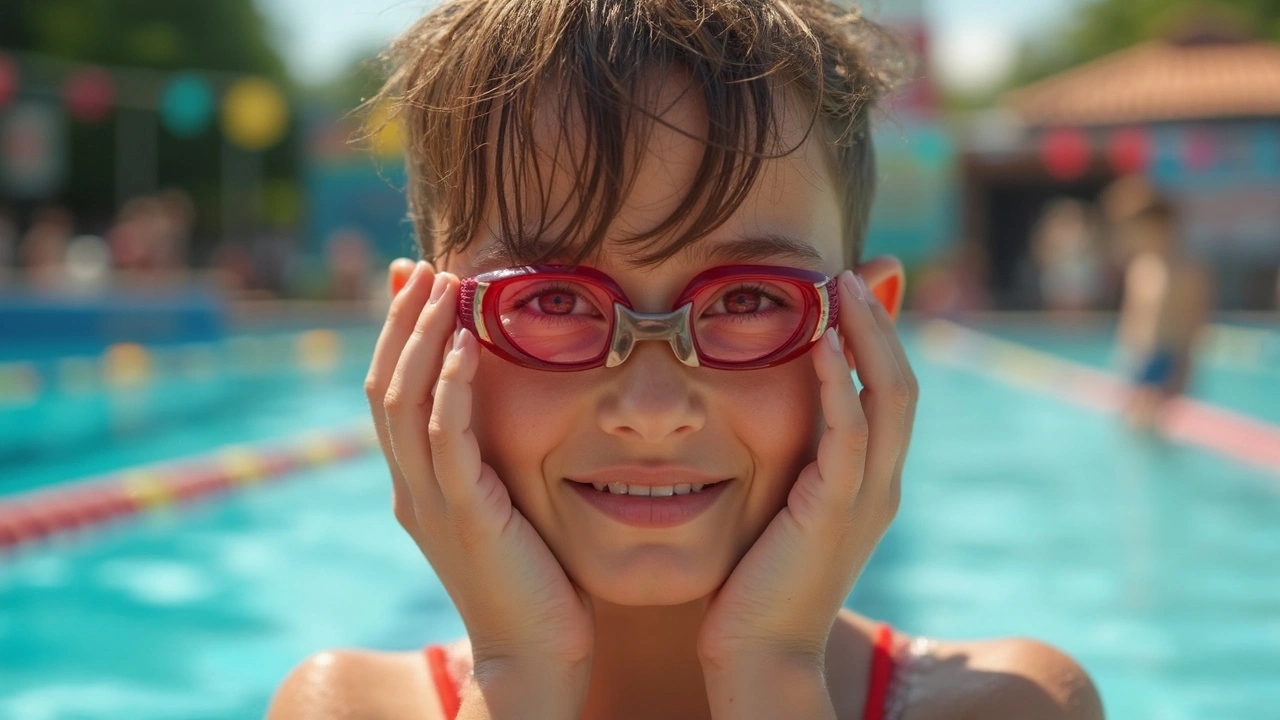Pool Eye Irritation: What It Is and How to Stop It
Ever get that stingy, red feeling after a dip? You’re not alone. Pool eye irritation happens to anyone who spends time in chlorinated water, and it can turn a relaxing swim into an uncomfortable ordeal.
Why Your Eyes React to Pool Water
Chlorine is great for killing germs, but it also strips away the natural mucus that protects the surface of your eye. When that protective layer disappears, tiny irritants—like sweat, sunscreen, or even tiny bits of algae—slam straight onto the cornea. The result is a burning sensation, redness, and sometimes a slight blur. If the pool is poorly maintained, higher pH levels or a surplus of chloramines (combined chlorine) can make the reaction even worse.
Another hidden culprit is “chlorine eye,” which isn’t just plain chlorine. It’s a mix of chlorine, ammonia, and organic matter that forms when swimmers sweat or urinate in the water. This mix can be up to 150 times more irritating than chlorine alone.
Quick Relief: What to Do Right After Swimming
First thing: rinse your eyes with clean, lukewarm water. A gentle shower or a cup of water poured over your eyes can wash away most of the irritants. If you have sterile saline eye drops (the kind you pick up at a pharmacy), use a few drops to restore moisture and calm the sting.
For most people, a cold compress on the closed lids for five minutes reduces swelling and eases the burning. Avoid rubbing—your fingers can introduce more bacteria and worsen the irritation.
If the redness lingers for more than a day, over‑the‑counter anti‑histamine drops can help, especially if you’re prone to allergic reactions. However, skip anything with preservatives if you have very sensitive eyes.
Preventing Irritation Before It Starts
Pre‑swim preparation matters. Wear swim goggles that seal well around the eyes; they act as a physical barrier against chlorine and other particles. If goggles feel uncomfortable, try a pair with a soft silicone seal—they’re less likely to leak.
Apply a thin layer of a protective eye ointment or a lubricating eye gel an hour before hitting the pool. The extra moisture helps the eye’s surface resist chlorine’s drying effect.
Choose pools that maintain a chlorine level between 1–3 ppm and a pH of 7.2–7.6. You can ask the staff about their water testing schedule; good pools post their results publicly.
Finally, rinse off with fresh water right after you get out. Rinsing removes chlorine that’s still on your skin and eyelashes, keeping it from dripping back into your eyes.
By understanding why pool water irritates your eyes and following these simple steps, you can enjoy a splash without the sting. Keep the tips handy, and the next time you dive in, your eyes will thank you.
How to Quickly Reduce Eye Redness After Swimming: Proven Tips & Relief Methods
May, 9 2025
Battling red eyes after a swim is more common than people think. This article explores the real causes behind post-swim eye redness, busts popular myths, and offers smart, practical tips for soothing irritated eyes. Find out which remedies truly work, what to avoid, and how to keep swimming fun without compromising your comfort or health. Dive into a swimmer's guide on preventing and treating 'chlorine eyes,' with insights rooted in both science and everyday experience.
Read Article→
